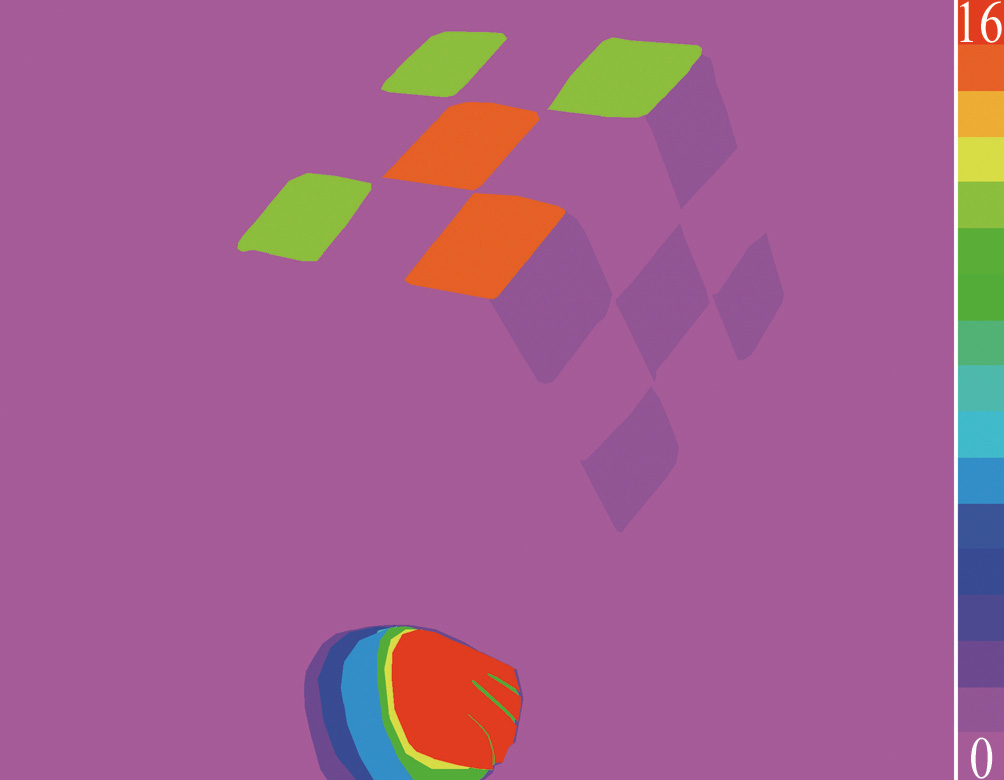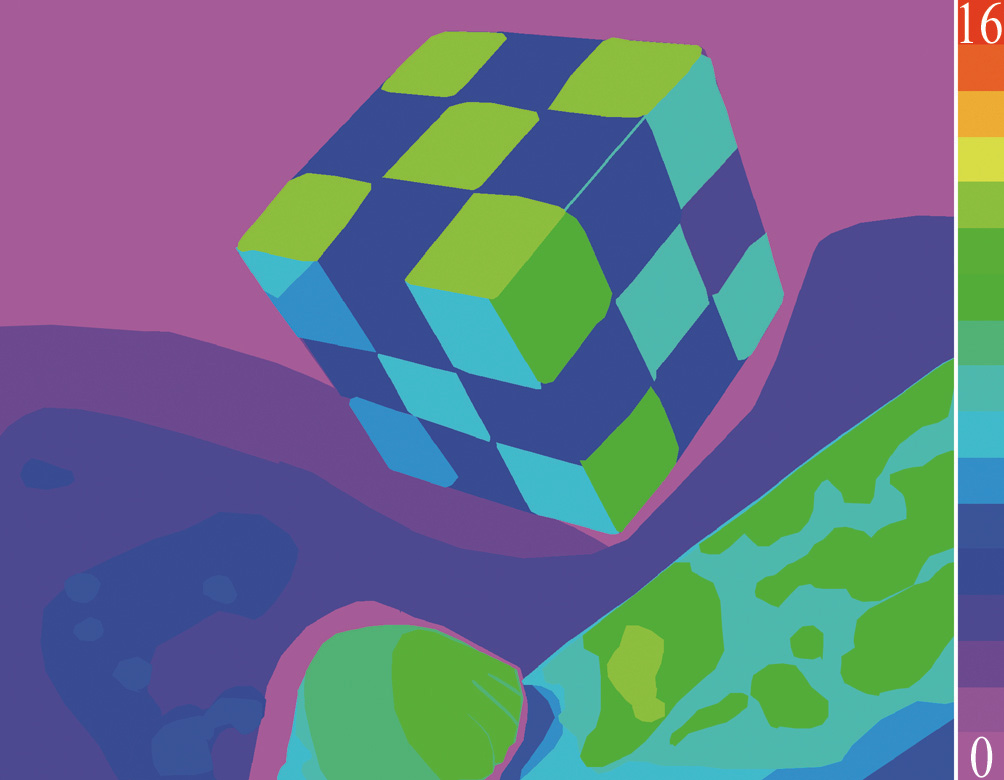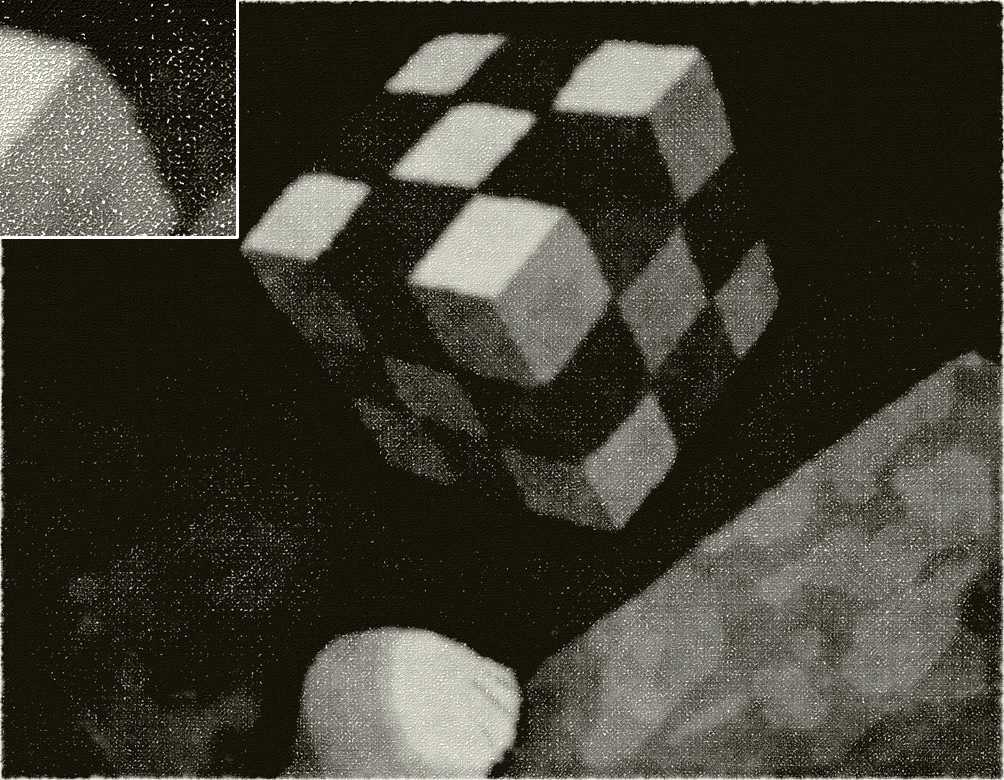“An improved physical model for virtual mezzotint” by Tasaki, Katou, Mizuno and Okada
Conference:
Type(s):
Title:
- An improved physical model for virtual mezzotint
Presenter(s)/Author(s):
Abstract:
Mezzotint[Leaf 1984] was developed as one of the traditional copperplate printing techniques in the mid-17th century. It can realize an effect of various gray tones as shown in fig. 1a. To acquire the effect, a copper plate is set up going through three phases: roughen- ing, scraping, and burnishing. In the roughening phase, a rocker is used to create many dots and burrs on the plate. They can hold ink, hence the print has a black looking effect. In the scraping phase, the burrs are cut away using a scraper to control the remaining ink around them. The scraped portions produce a halftone-looking effect in the print. In the burnishing phase, the plate is polished using a burnisher if the artist desires a white-looking effect. Although these three phases produce a variety of gray tones, they are very onerous and laborious processes even for the specialists of mezzotint. Therefore, a purpose of the study is to make mezzotint more enjoyable and convenient to a much broader beginner beyond the specialists. For this purpose, it is a worthwhile thing to simulate the making procedure and the physical phenomena of mezzotint than only to render an image that looks like mezzotint.
References:
1. Leaf, R. 1984. Etching, Engraving and Other Intaglio Printmaking Techniques. Dover Publications.
2. Tasaki, D., Mizuno, S., and Okada, M. 2005. Virtual Mezzotint using a Model-driven Strategy. Proc. of ACM SIGGRAPH 2005 Posters, 1 page.
Additional Images:







